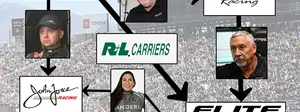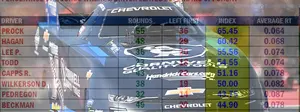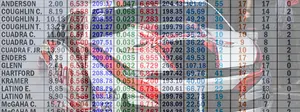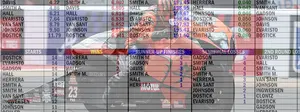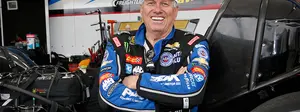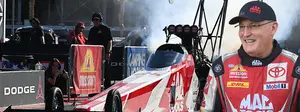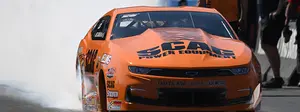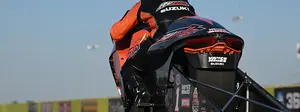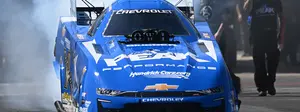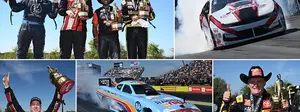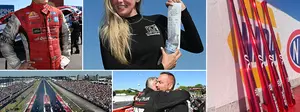

426 Hemi: Drag racing’s ultimate engine architecture?
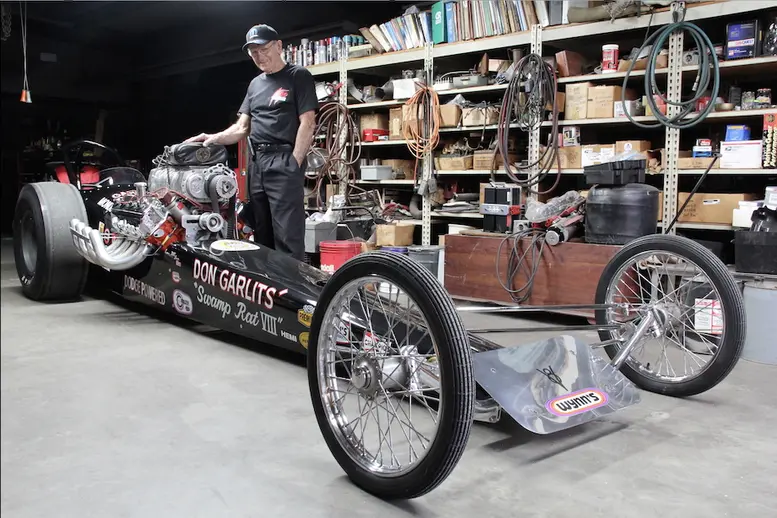
You can always tell a Hemi when you hear one roar.
Whether it's in Stock, Super Stock, Pro Stock, Funny Car, or Top Fuel—the Hemi engine has been a feared foundation of horsepower. After six decades of racing at the U.S. Nationals, these cast-iron elephants have evolved into the billet-aluminum 12,000-hp nitromethane-burning monsters that power all Top Fuel dragsters and nitro Funny Cars. The Hemi's dominance was immediate at the 1964 U.S. Nationals race, winning the Stock Eliminator class with an all-426 Hemi final round.
What is it about a 4.25-inch bore, a 3.75-inch stroke, and perfectly opposed valves in a hemispherical combustion chamber that makes the 426 Hemi the sacred geometry of drag racing? From Stockers to Top Fuel, the 426 Hemi's blueprint has become the DNA of drag racing's quest for speed—a masterpiece of balance, breathing, and brute force.
This engine's magic came from marrying the bulletproof deep-skirt V-8 block of the 426-cid Max Wedge with the hemispherical combustion chambers of the 392-cid Hemi. The result was an engine that prioritized airflow, and that could take a literal beating. The Hemi was an iron anvil that could breathe—so it made tremendous horsepower.

The Birth of an Icon
In the early 1960s, Pontiac dominated dragstrips and superspeedways, capturing the hearts of car enthusiasts and buyers alike. Chrysler, eager to emulate Pontiac's success, realized it needed a powerful engine to compete in NHRA and NASCAR races. In December 1962, Willem "Bill" Weertman, Chrysler's manager of engine design, along with a small, dedicated team of engineers, dyno operators, draftsmen, and technicians, was assigned the monumental task of developing a 426-cid engine in time for the 1964 NHRA Winternationals and the Daytona 500.
Tom Hoover, a pivotal figure in Chrysler's engineering department and the Ramchargers racing effort, knew that the existing 426-cid Max Wedge engine wasn't going to be enough. "We suggested putting Hemi head on the wedge block," Hoover recalled. "It wasn’t radical; it was just the best way to take advantage of work that had already been done."
Sacred Geometry of the 426 Hemi
The inspiration for the 426 Hemi stemmed from the deep-skirt block design found in the 413- and 426-cid raised-block raised-deck B (RB) wedge engines. The primary objective was power—maximizing intake and exhaust flow through the cylinder head for high-rpm performance. This led to the creation of three distinct 426 Hemi derivative engines between 1964 and 1966: the Drag (for NHRA) and Track (for NASCAR) versions were known as "Race Hemis," while the Street Hemi made its way into production cars in 1966, allowing everyday enthusiasts to experience the Hemi's power firsthand.
The Hemi’s Unplanned Delay at the 1964 Winternationals
The 426 Hemi was slated to make its grand debut at the 1964 NHRA Winternationals. However, as Tom Hoover shared during the Hemi’s 50th anniversary, things didn’t go as planned.
"We had some 426 Hemi cars [at Pomona]," Hoover said, "But they were just stock engines, bolted together by the assembly line at the Chrysler marine facility in Marysville, Michigan. We rented track time to make some test runs, and they were slower than the [426] Wedge cars. We couldn’t have that at Pomona, our new race package [being] slower [than the engines they were to replace]! We didn’t run them again till later, after I had taken them apart, blueprinted them, made some real headers, that kind of thing. Then they ran good."
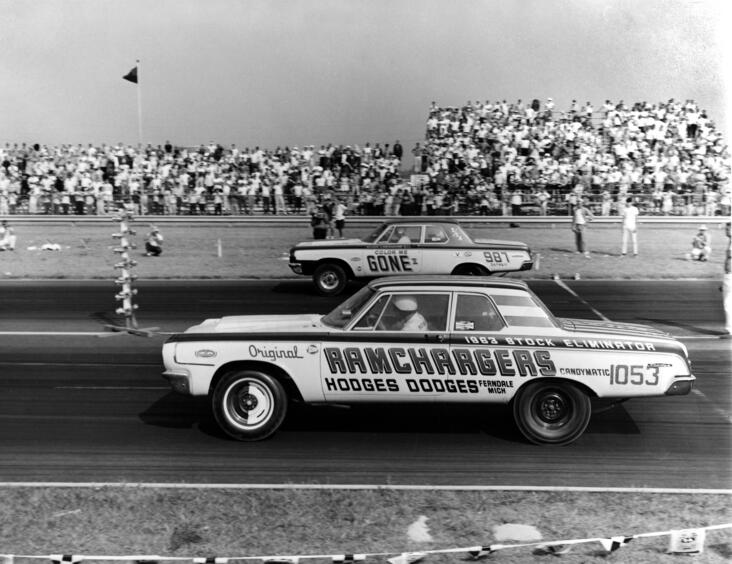
This minor setback didn’t dampen the Hemi’s eventual success. By the time the engines were properly tuned and tested for the 1964 U.S. Nationals, the 426 Hemi had solidified its place as a dominant force in motorsports—a reputation that it maintains to this day.
Listen to Don Garlits Tell How He Turned the 426 Hemi into a Nitro Legend by Trying to Blow It Up!
One of the most legendary figures in drag racing history, "Big Daddy" Don Garlits, played a crucial role in cementing the 426 Hemi's status as a nitro legend. Garlits, known for his relentless pursuit of speed, recalls the time when he pushed the limits of the 426 Hemi to see just how much power it could handle. Determined to blow it up, Garlits instead found that the engine could not only withstand the extreme ignition timing but thrive on it, turning it into the nitro-burning powerhouse we know today. His efforts, trials, and eventual success on the dragstrip made the 426 Hemi synonymous with Top Fuel and nitro Funny Car nitro performance.
Hear from Willem Weertman: Casting the Hemi blocks
At the heart of the 426 Hemi's creation was Willem "Bill" Weertman, Chrysler's visionary manager of engine design. Reflecting on the engine's storied history, Weertman shares invaluable insights into the challenges and triumphs that defined its development.
Locations of 426 Hemi’s Legacy
The 426 Hemi's journey through history is marked by several significant locations across the U.S.
- Indianapolis Foundry: 1100 S. Tibbs Ave., Indianapolis, IN – where the blocks were cast.
- Highland Park: Where the Race Hemis were built.
- Trenton Machine, MI: Site of 426 machining.
- Marysville, MI: Where the 426 Hemi assembly took place.
- Amblewagon, Royal Oak, MI: The ambulance builder where Ramcharger cars were assembled.
- Richard Petty Racing, Level Cross, NC: The heart of Petty's Hemi racing.
- Daytona Speedway, Daytona Beach, FL: A key venue for Hemi’s racing debut.
- Chrysler Anaheim Tech Center, Anaheim, CA: Where the Ramcharger car was showcased to Hot Rod.
- Fontana Drag City, Fontana, CA: Rented by Hoover’s group to test the Hemi, revealing its initial shortcomings.
- U.S. Nationals, Indy: Where the Hemi's drag racing winning dominance began in 1964.
Legacy of the 426 Hemi
As we celebrate the 61st anniversary of the 426 Hemi, it's clear that this engine is more than just a piece of hardware. It represents a legacy of innovation, competition, and the relentless pursuit of power. From its humble beginnings in Chrysler’s engineering rooms to its current status as an icon on the dragstrip, the 426 Hemi continues to inspire awe and respect among enthusiasts and racers alike.
Here’s to six-decades of Hemi power—and to the next 60 years of engineering brilliance that will keep the spirit of the 426 Hemi alive on the track and beyond.























